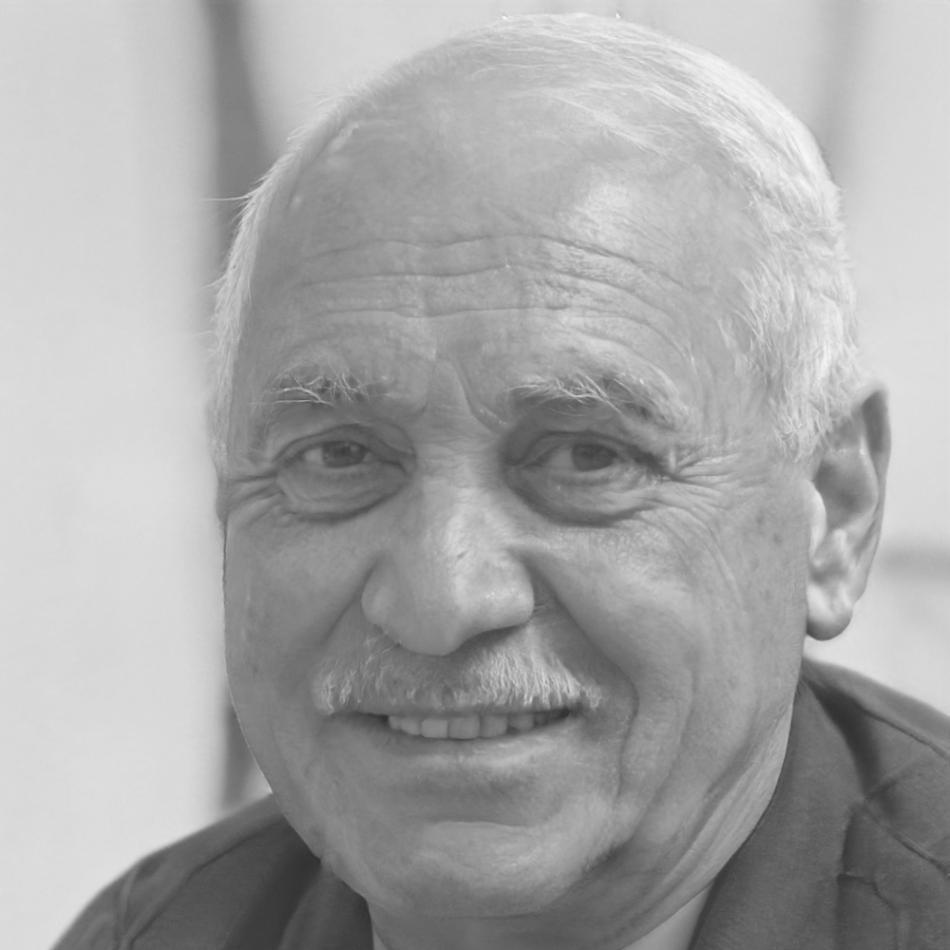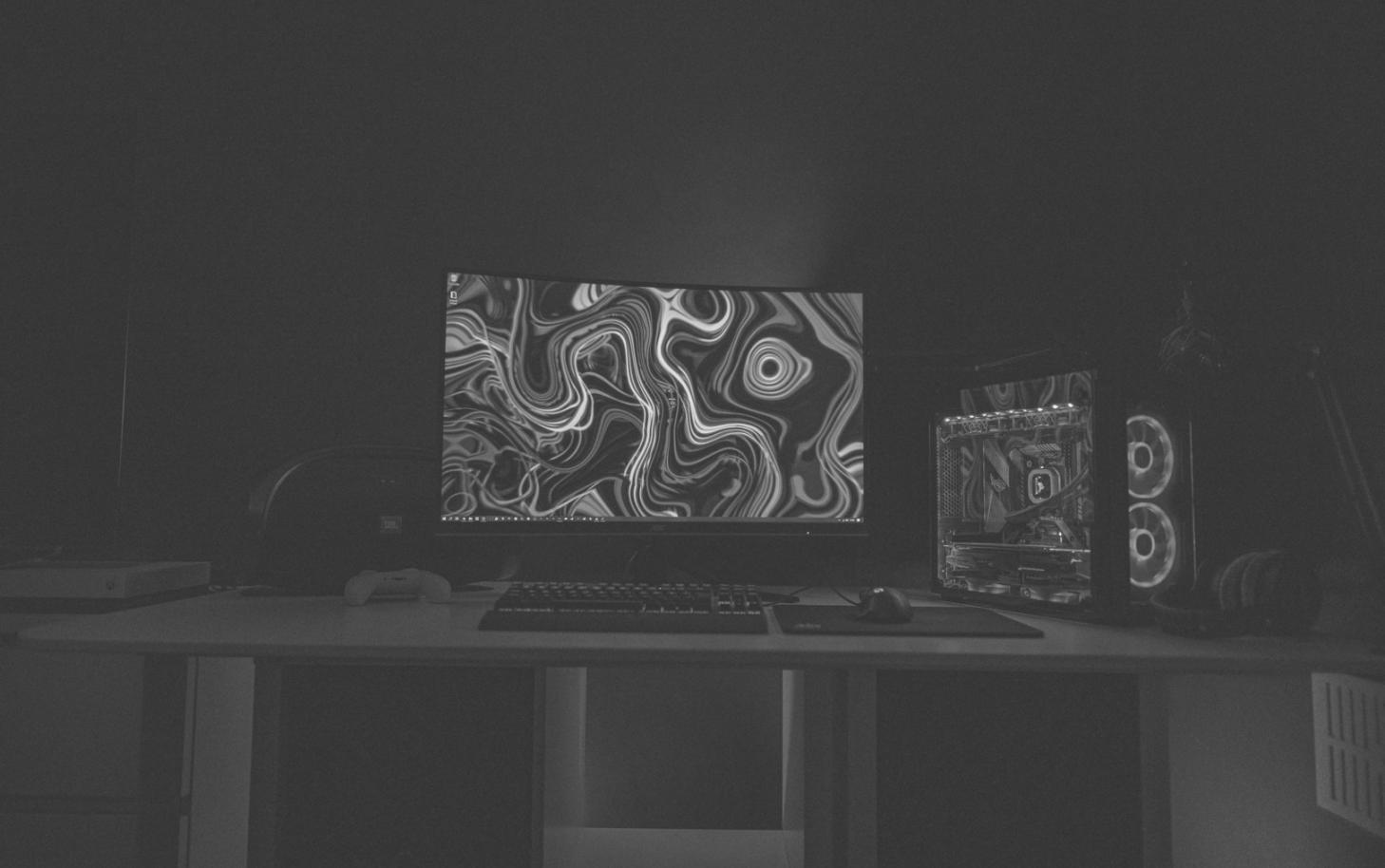Build Game Worlds That Players Remember
Learn to create atmospheric 3D environments from someone who's spent twelve years crafting spaces for games. Our autumn 2025 program focuses on practical skills you'll actually use in production.
View Program Details

Learning From Real Production Experience
Vilém Kochka started making game levels during the Source engine modding days. That was 2013. Since then, he's worked on six shipped titles and countless prototypes that never saw daylight.
Most environment art courses teach you software. We focus on how to think about space, lighting, and player psychology. The tools change every few years anyway. Understanding why certain environments feel right—that stays with you.
Our approach comes from actual production pipelines. You'll work on projects similar to what studios assign during their hiring process. No portfolio padding with tutorials everyone recognizes.
"I've seen talented artists struggle because they learned techniques in isolation. We'll teach you how different aspects connect—modeling decisions that help lighting artists, texture work that supports performance budgets."
What You'll Actually Learn
Three focused tracks that build on each other. Start in September 2025, finish with portfolio pieces by March 2026.

Foundation Track
Scene composition, modular asset creation, and basic lighting. We start with blockouts because understanding spatial flow matters more than perfect textures.

Advanced Techniques
Material creation, advanced lighting setups, and optimization strategies. This is where you learn to make things look great while staying within performance budgets.

Portfolio Development
Build two complete environment pieces with mentor feedback. These will be production-quality work you can show studios, not student exercises.
How We Structure Your Learning
Small groups, weekly sessions, and direct feedback on your work. Classes run Tuesday and Thursday evenings, six months total.
Weekly Live Sessions
Two evening sessions per week starting September 2025. Each runs about two hours. We cover new concepts, review homework, and work through common problems together.
Practical Assignments
You'll complete small projects between sessions. These aren't busywork—each one builds toward your final portfolio pieces. Expect to spend around eight hours per week on coursework.
Individual Feedback
Groups stay under twelve students. Everyone gets personalized critique on their work. We use Discord for quick questions and schedule one-on-one calls when you're stuck.
Portfolio Presentation
Final month focuses on presenting your work properly. We'll help you photograph renders, write descriptions, and prepare materials for job applications.
Registration Opens June 2025
We're accepting applications for our autumn program starting this summer. Class size stays limited to maintain quality feedback. Check our program page for curriculum details and enrollment information.